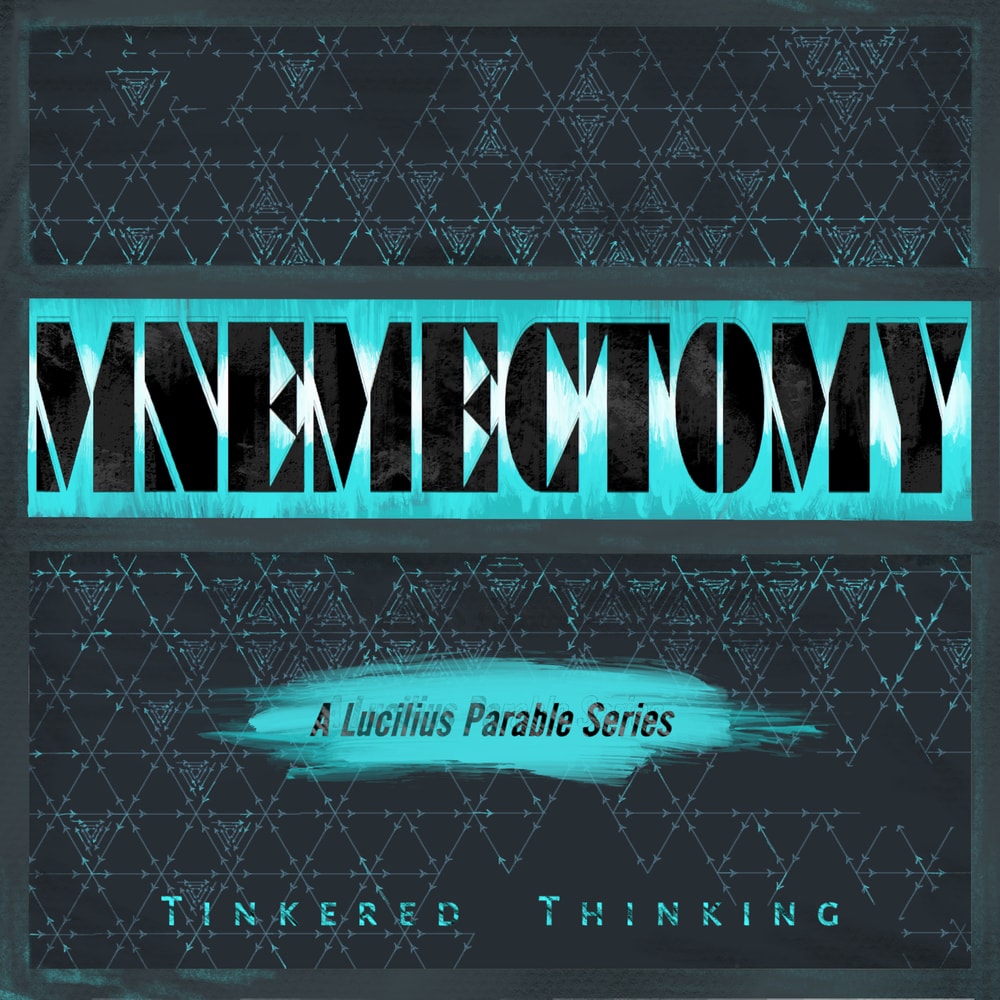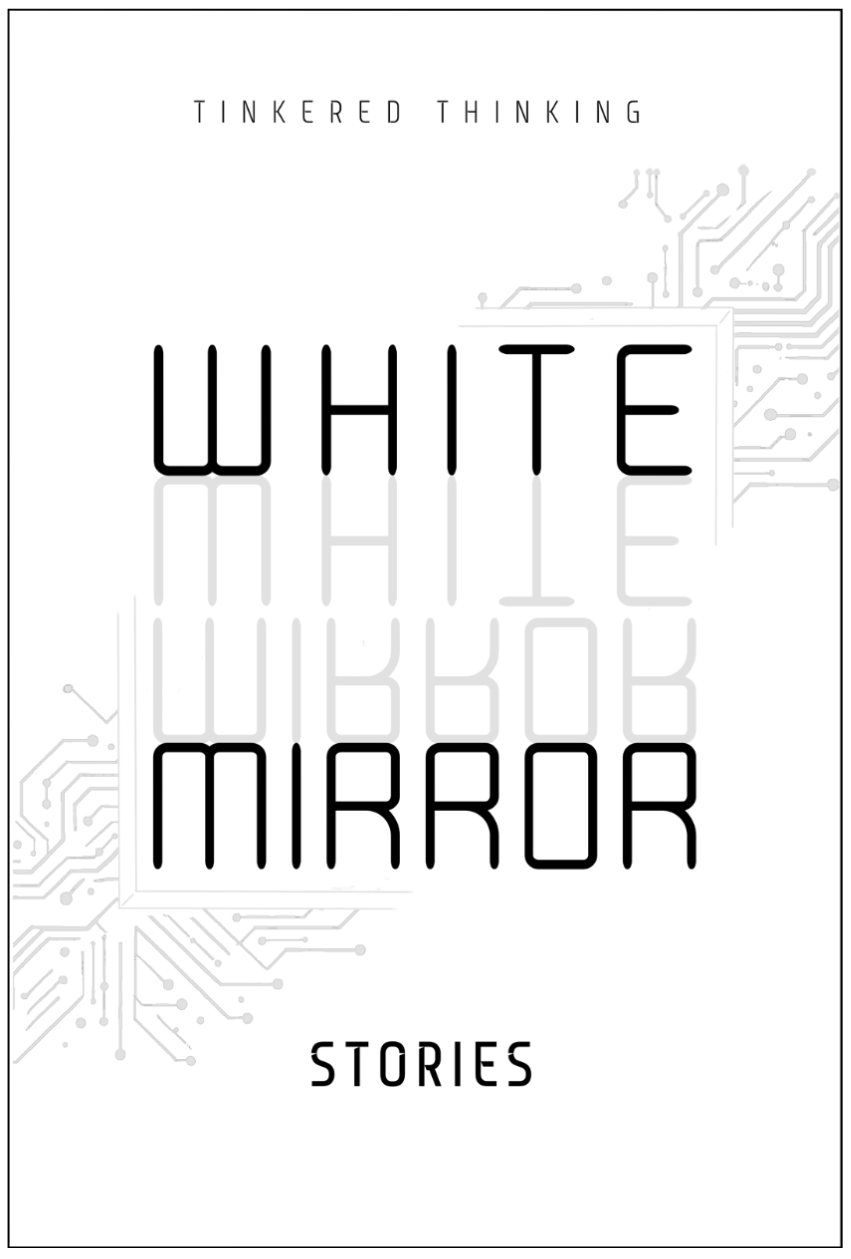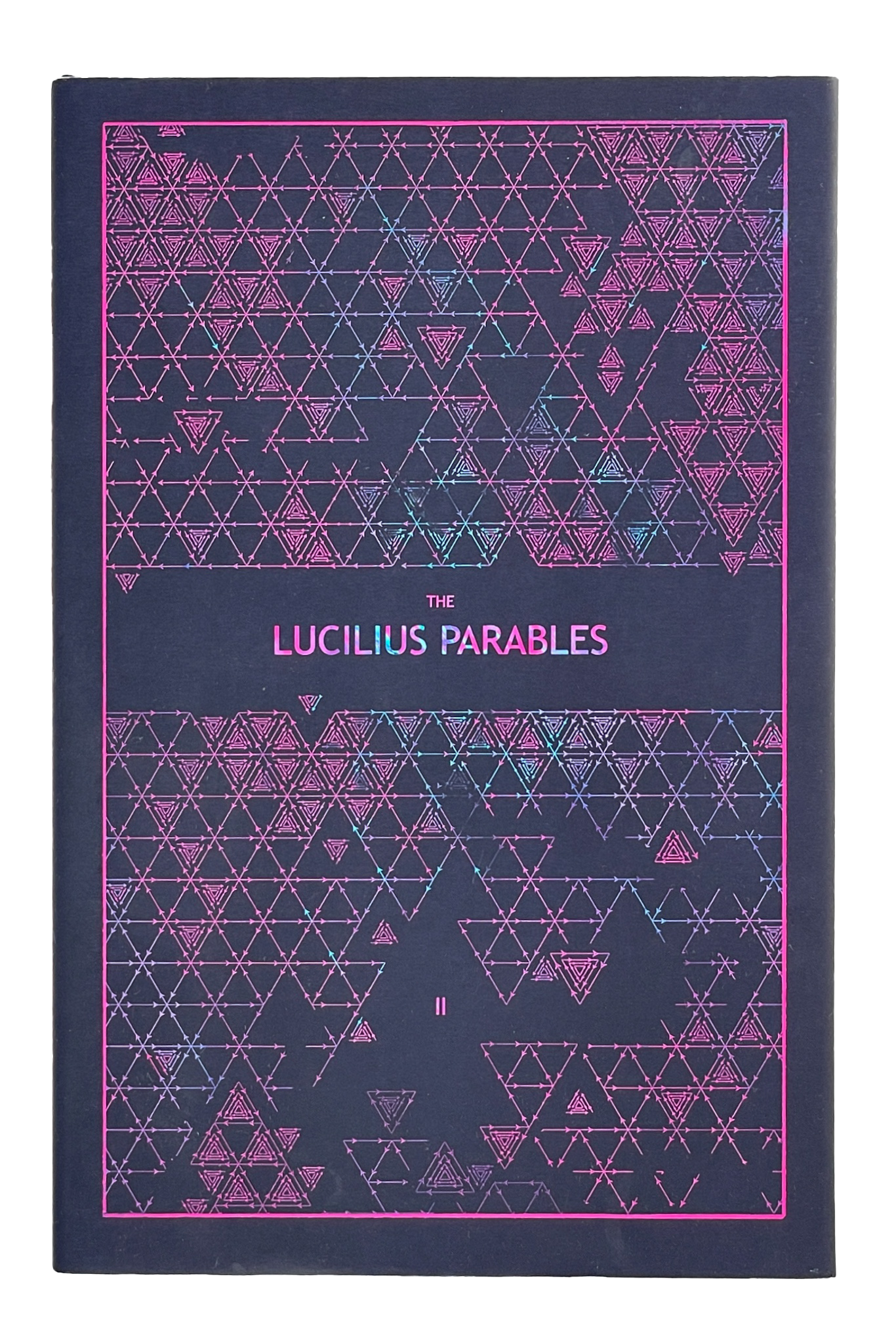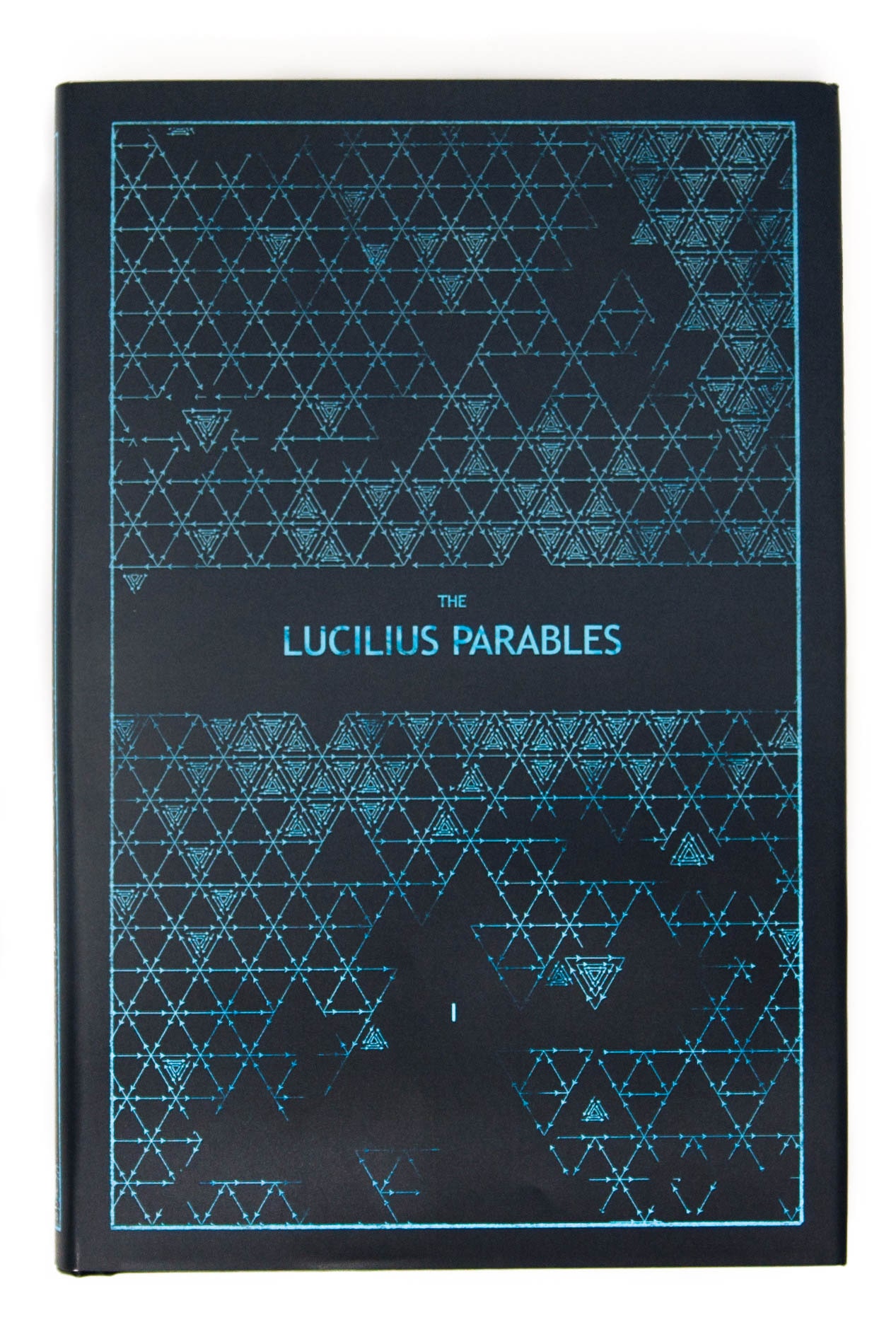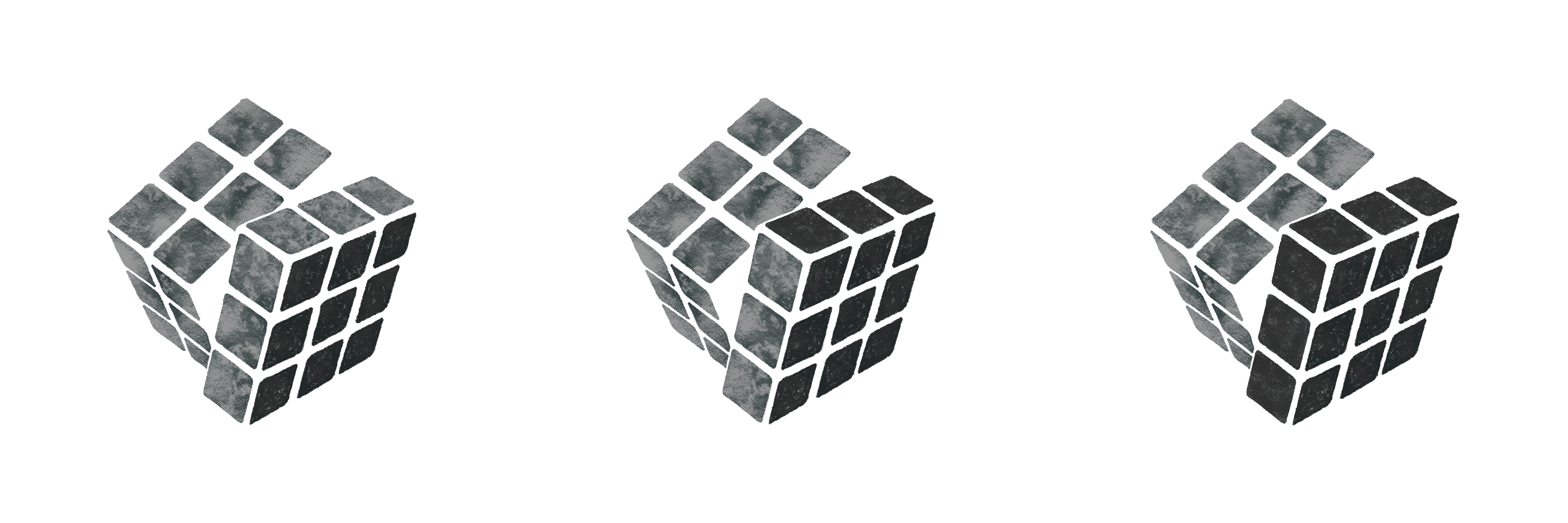Daily, snackable writings to spur changes in thinking.
Building a blueprint for a better brain by tinkering with the code.
subscribe
rss Feeds
SPIN CHESS
A Chess app from Tinkered Thinking featuring a variant of chess that bridges all skill levels!
REPAUSE
A meditation app is forthcoming. Stay Tuned.
KERNEL
November 2nd, 2020
Virtually any piece of writing is a sprawling, branched animal that weaves sentences through the foaming cacophony of thought ricocheting throughout the brain. Even something as simple as a Haiku, or a single sentence response dives like a harpoon down into the catacombs of meaning inherent in each of us, stitching together sense and reaction. Each piece of writing begins, literally with a single word, but before that word is even written, where does that piece of writing exist?
The perennial bemoaning of writers block owes an unfortunate homage to the individual who came up with the concept. It seems most likely Percy Shelley conceived the kernel of the idea that would bloom into what we know of as writer’s block.
The antidote is of course to repeat the exact same sort of instance: to conceive just the kernel of an idea. This very piece of writing, for example was spawned from such a kernel while thinking about how yesterday’s story, The Lucilius Parable entitled On the Page came into being. The kernel was extremely simple, fitting into a single sentence. The story - that piece of writing - is merely an extrapolation on that idea, like a kernel cracking and sprouting and growing into a plant or a tree. Considering it literally: all of the information of the tree or the plant is inherent in the seed, in the kernel - very little if any of that information actually changes as the plant or the tree grows - the growing is merely an extrapolation. It’s the kernel on a different level of resolution, but instead of zooming in, it’s blown up to a size that other things can interact with.
Of course not all pieces of writing materialize with that pristine and perfect kernel being present in the mind before a first word gets written. This is part of magic of the writing process: writing can be used as an exploration tool, like a pick for a prospector, or a flashlight in the dark. Sometimes, it’s necessary to write off in random, uncoordinated directions until that kernel is found, after which the real writing can begin.
For the beginner with writing, all that random, uncoordinated writing can feel like a waste, or more commonly - something to save that is perhaps not worth saving. That stuff is slag - the useless rock moved in order to find the diamond. But even then there are usually valuable traces of the kernel as we search for it, and sometimes that detective process of looking for the kernel actually works as a nice piece of writing in of it self - the kernel forming a kind of punch line unexpected by both the reader and the writer looking for it.
Writing as a tool has a sly set of edges that both honour the same aim: it’s used to nurture a kernel of an idea and make it bloom, or it can be used to dig around for that kernel.
-compressed.jpg)
